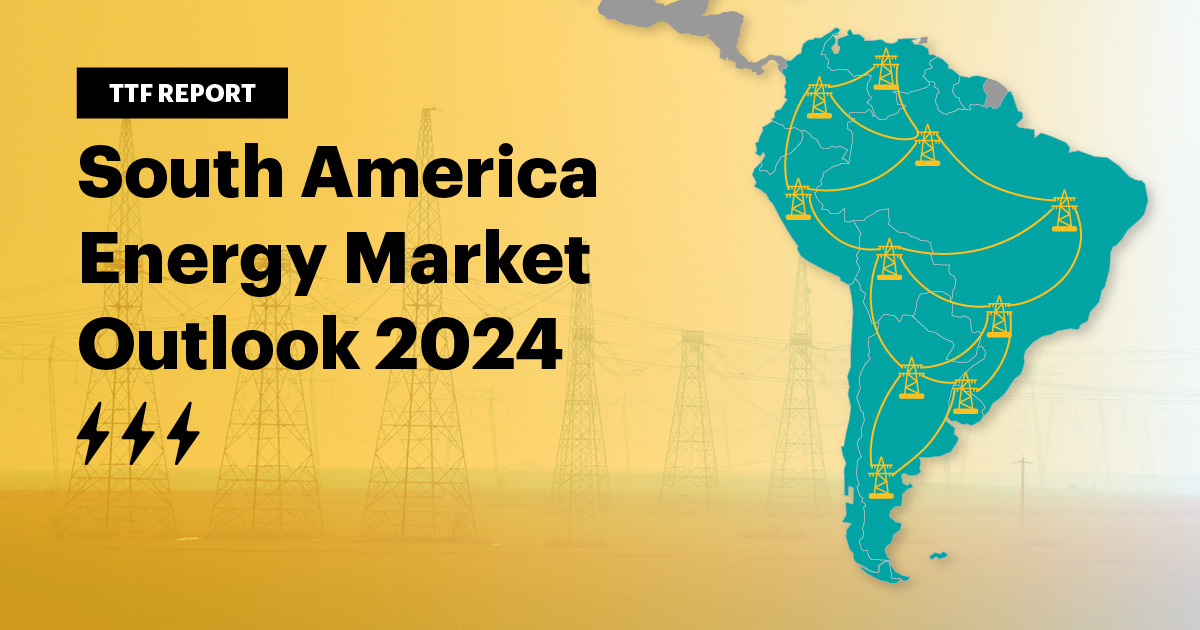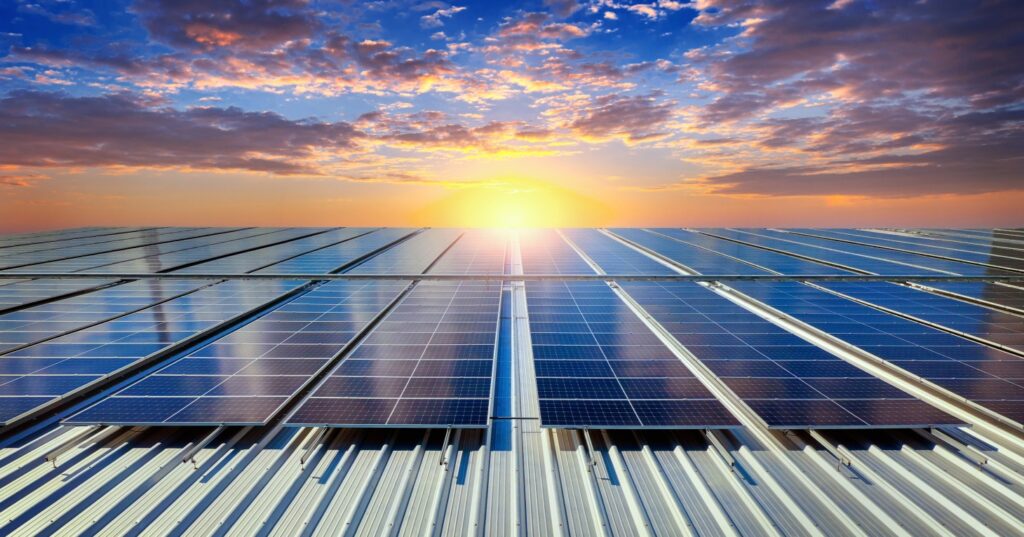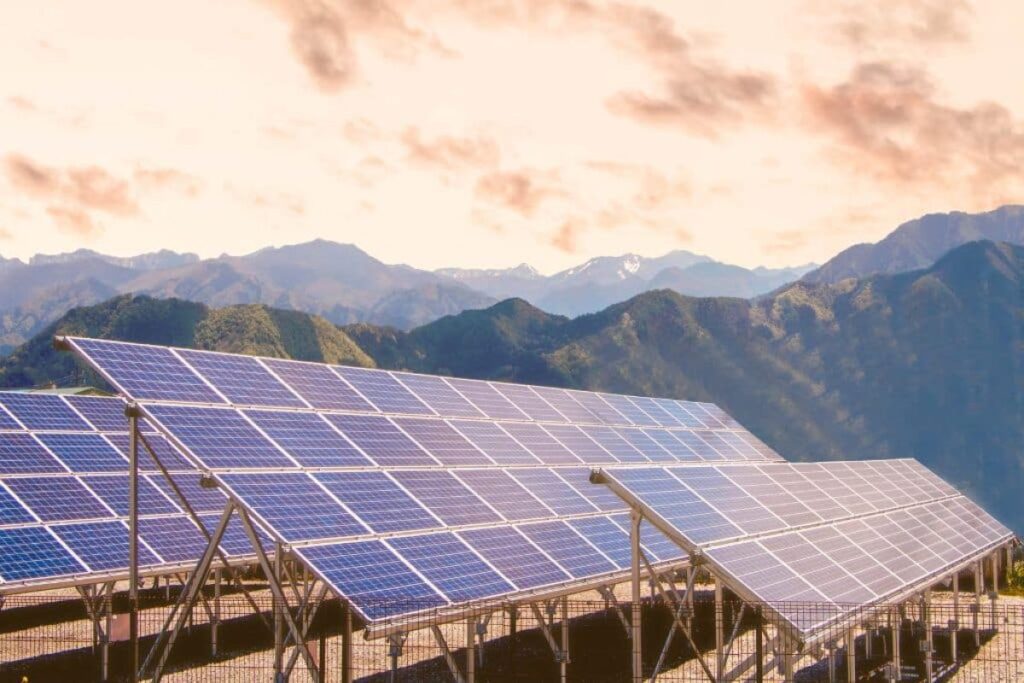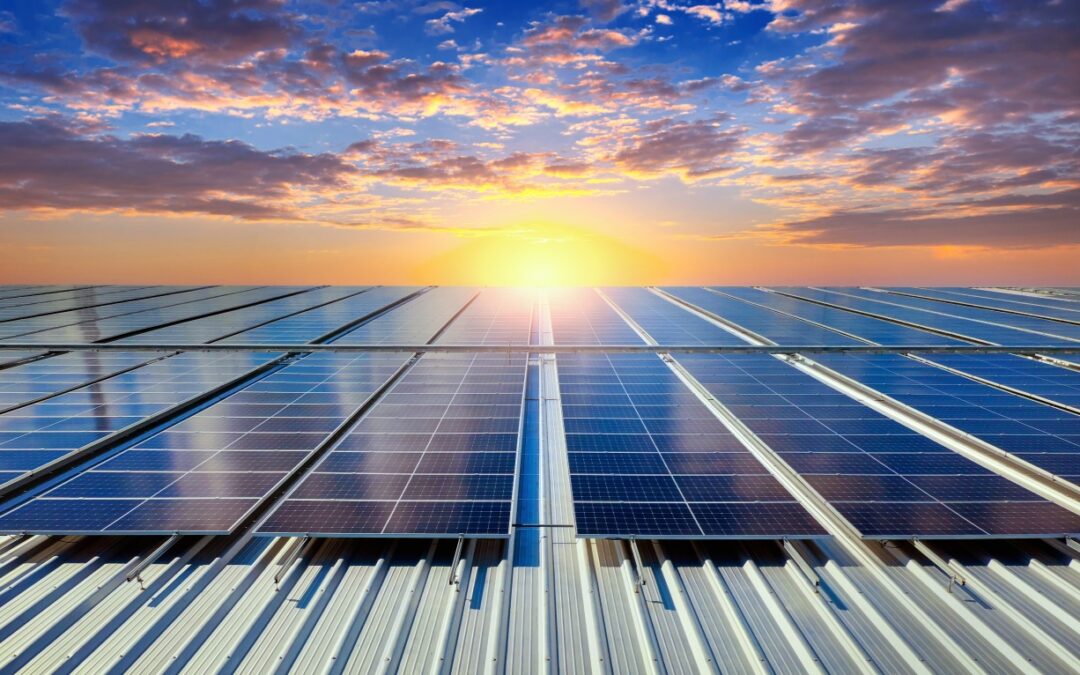As South America continues to upgrade its energy production, community-based energy projects are in the mix. They reflect a broader movement towards sustainable development and energy independence. Community-based energy projects provide a new way to address energy poverty, enhance local resilience and reduce environmental impact. Communities can take charge of their energy future as the projects make a significant impact on the region’s development. Community-based energy projects are typically owned, managed and operated by the local community. This ensures the benefits of the projects remain within the community. Most of these projects focus on renewable energy sources like solar, wind, biomass and hydropower.
A false dead end is a type of support that serves to anchor the conductor at intermediate points along a transmission line route. It works where the line continues beyond the support structure but needs extra stabilization. This is due to factors like terrain, line length or tension management. False dead ends help manage the mechanical tension in the conductors. This is to ensure the conductors maintain the necessary sag and clearance.

There are several community-based energy projects in South America that are underway. These include the solar Minga project in Colombia where residents receive training to install and maintain the systems. There is also renewable energy in the Amazon. It which includes the deployment of solar and hydroelectric systems in isolated communities. These projects help to reduce the emission of greenhouse gases into the atmosphere. They also contribute to the global decarbonization goals.
Features of the community-based energy projects in South America
Community based energy projects in South American consist of several distinctive features. These features set them apart from other energy initiatives. These features are able to address the challenges and opportunities within local contexts. They also ensure the projects are sustainable, inclusive and beneficial to the communities they serve. False dead ends allow for flexibility in the design and construction of transmission lines. The following are the common features of community-based energy projects.

- Local participation and ownership – local residents can take part in decision-making processes. This ensures the benefits and profits remain within the community.
- Renewable energy sources – the communities can harness local renewable resources. This is inclduing solar, wind, hydro and biomass energy. This helps reduce carbon emissions and environmental impact and align with global sustainability goals.
- Economic and social benefits – the construction, operation and maintenance of energy systems can generate local employment. The communities can sell excess energy back to the main grid and generate income.
- Technological integration – usage of modern technologies helps to enhance the efficiency and reliability of the projects. These include use of microgrids, smart meters, and energy storage solutions.
- Community benefits – the projects ensure fair access to energy for all community members. They also improve local infrastructure and services through the development of reliable energy systems.
- Resilience and sustainability – the projects aim to enhance energy security and independence. This is to reduce reliance on external energy sources. Designing systems that withstand local climate challenges can contribute to climate adaptation efforts.
Energy storage solutions used in the projects
Energy storage technologies enable the effective management and use of renewable energy sources. These technologies ensure a reliable energy supply despite the intermittent nature of renewable sources. The technologies are crucial in the success and sustainability of community-based energy projects in South America. False dead ends manage conductor tension and provide extra stability at intermediate points along the line route. Solar projects in Chile use lithium-ion batteries and thermal storage with molten salt. The following are the energy storage technologies used in community-based energy projects.

- Batteries – lithium-ion batteries are ideal for storing large amounts of energy in a compact space. It is suitable for small-scale community projects. Lead acid batteries serve in smaller or more budget-constrained projects. Flow batteries can handle many charge and discharge cycles which make them suitable for long-term projects.
- Thermal energy storage – molten salt storage works in conjunction with concentrated solar power plants. Phase change materials are ideal for projects with limited space but high energy storage needs.
- Mechanical energy storage – pumped hydro storage is suitable for communities near water sources with significant elevation changes. Compressed air energy storage is capable of storing large amounts of energy suitable for larger communities.
- Hydrogen storage – this is ideal for storing energy over long periods and balancing seasonal variations in energy supply and demand.


